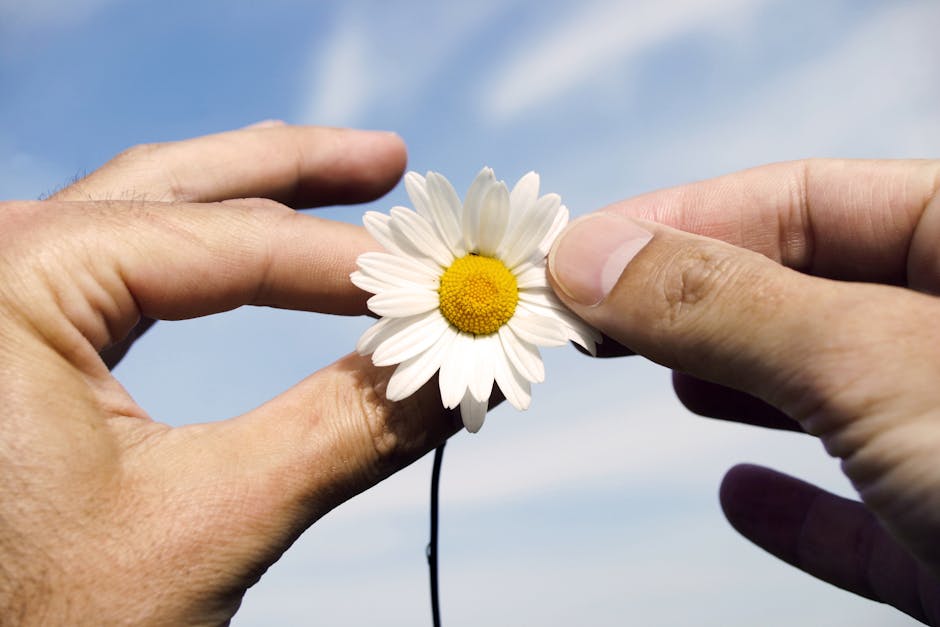Have you ever wondered how you can make the most out of your balcony garden, especially when it comes to harvesting and storing your crops? With limited space and a keen interest in supporting both your culinary needs and local pollinators, understanding the best ways to manage your harvest is crucial. This guide will walk you through this rewarding journey of balcony gardening, focusing on harvesting and storing your crops effectively while emphasizing their ecological value.
Understanding Balcony Crops and Pollinator Gardens
Balcony gardens are a fantastic way to grow fresh produce while contributing to urban biodiversity. When you cultivate plants that attract pollinators like bees, butterflies, and more, you create a thriving mini-ecosystem. However, the key to sustaining this delicate balance lies in how you manage the harvest.
The Role of Pollinators in Balcony Gardens
Pollinators are essential for the growth and reproduction of many plants. They transfer pollen from one flower to another, facilitating the development of fruits and seeds. In a balcony garden, each visit from a bee or butterfly can significantly boost your crop yield. Therefore, selecting plants that attract and nourish these helpful creatures not only beautifies your space but also enhances your harvest.
Selecting the Right Balcony Crops
Choosing crops that thrive in confined spaces and benefit pollinators is the first step. Consider herbs like basil, thyme, and mint, or vegetables like cherry tomatoes and peppers. These plants don’t just provide culinary delights; they also offer essential resources for pollinators.
Best Practices for Harvesting Balcony Crops
Harvesting is an art that, when done correctly, can maximize your yield and encourage continued growth, fostering a productive balcony garden throughout the seasons.
Timing Your Harvest
The timing of your harvest can depend greatly on the type of crop you’re growing. Generally, herbs should be harvested just before they flower, while vegetables are best picked when they reach their full color and size.

For tomatoes, observe a rich, deep color and a slight give when gently squeezed. Herbs like basil should be harvested in the morning after the dew has dried, which preserves their aromatic oils, crucial for both flavor and attracting pollinators.
Techniques for Harvesting
Using the right tools and methods for harvesting is vital to avoid damaging the plants. A pair of sharp scissors or pruning shears are excellent for cutting herbs and vegetables cleanly. When harvesting, choose to cut above a node (where leaves grow out from the stem), which encourages new growth and prolongs the life of the plant.
Sustainable Harvesting Practices
Practicing sustainable harvesting by not overharvesting can ensure that plants continue to thrive and produce. A general guideline is to take no more than one-third of the plant at a time, allowing it to rejuvenate. This practice not only maintains plant health but also ensures that flowering species continue providing nourishment for pollinators.
This image is property of pixabay.com.
How to Store Your Balcony Crops
Once harvested, storing your crops properly is the next step to ensuring you enjoy fresh flavors and aromas for as long as possible.
Storage for Herbs
Herbs are best when used fresh, but they can be stored successfully with a few techniques. After gently washing and drying, you can keep soft herbs like basil and parsley in a glass of water, similar to fresh flowers, on your balcony or in the refrigerator. Hardy herbs like rosemary and thyme can be bundled and hung to air dry or dried in a dehydrator.
Additionally, freezing herbs in ice cube trays with a bit of water or olive oil is a convenient way to preserve their flavor for future culinary use.
Storing Vegetables
Vegetables such as tomatoes and peppers require specific conditions to ensure longevity. Tomatoes are best stored at room temperature until fully ripe and can then be moved to the fridge to extend shelf life. Peppers, on the other hand, can be kept in the crisper drawer of your refrigerator.
For a long-term solution, consider harvesting and freezing vegetables or using them to create sauces that can be canned or stored in the freezer, thus preserving their nutritional value and taste over time.
Enhancing Your Balcony Garden’s Ecological Value
By integrating biodiversity-supporting practices, your balcony garden can become a hallmark of ecological balance that contributes positively to urban nature.
The Importance of Diverse Plant Choices
Selecting a diverse array of plants helps cater to a wide range of pollinators, enhancing the ecological value of your garden. Native plants adapted to your region are particularly beneficial as they provide familiar habitats and resources to local pollinator species.
Creating a Pollinator-Friendly Environment
Introduce elements like bee hotels or small water features to make your garden a more inviting habitat for pollinators. This environment not only supports pollinators but can increase your garden’s resilience, as healthy pollinator populations lead to better crop yields and greater biodiversity.
This image is property of pixabay.com.
Conclusion: The Beauty and Impact of Your Balcony Garden
With thoughtful harvesting and storing methods, your balcony can flourish year-round, offering a bounty of flavors and lush greenery to enjoy. Remember, by focusing on sustainable practices and supporting pollinators, you contribute positively to the larger ecosystem, proving that even a small garden can make a big difference.
Takeaway Tip
To further expand your gardening journey, consider experimenting with different native plants that attract pollinators and fit well in a confined space. Meandering through seed catalogs or visiting local nurseries can provide inspiration for which new herbs or vegetables to take on next.
Unearth the full potential of your balcony garden by incorporating favorable strategies that work in harmony with nature, ensuring that your space is not only productive but a vital component of urban biodiversity. Embrace this fulfilling relationship with the natural world and invite others to join you in cultivating vibrant green spaces. For more insights into creating pollinator-friendly gardens, explore related articles or download our comprehensive planting guide.
